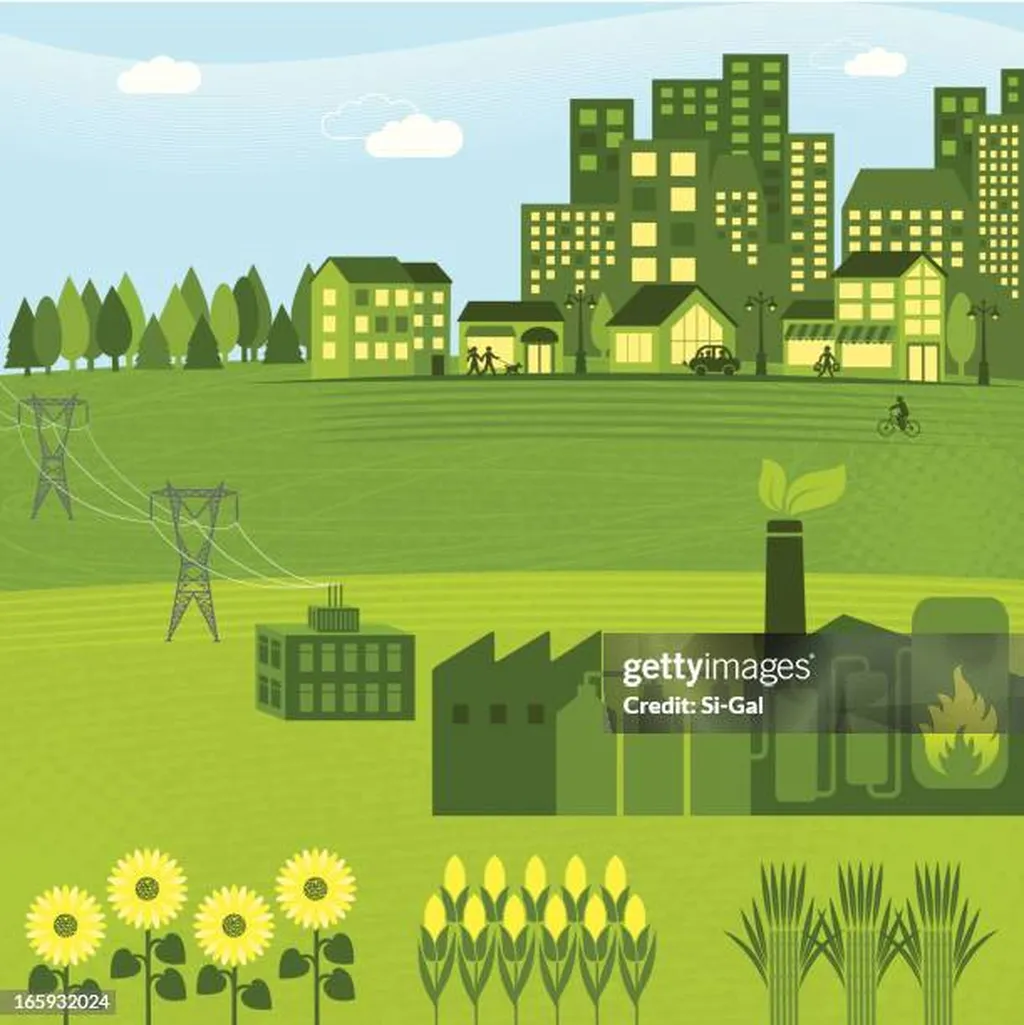In the quest for sustainable energy solutions, scientists are turning to an often-overlooked resource: lignocellulosic biomass (LCB). This abundant agricultural and forestry waste, rich in carbon, holds the potential to revolutionize the energy sector and contribute to a circular economy. A recent review published in the journal *Bioresources and Bioprocessing* (which translates to *Bioresources and Bioprocessing* in English) sheds light on the latest advancements in LCB biorefineries, highlighting the transformative role of machine learning and innovative applications that could reshape the industry.
Lakshana G. Nair, lead author of the study from the Bioprocess and Bioenergy Laboratory (BPBEL) at the Central University of Rajasthan, emphasizes the importance of overcoming the recalcitrance of LCB through effective pretreatments. “Pretreatment is a critical step in enhancing the efficiency of biorefineries,” Nair explains. “It improves the feedstock characteristics, making it easier to convert LCB into valuable products.”
The review explores various trends in LCB pretreatment, showcasing current advancements in the biorefinery sector. Beyond traditional biofuel conversions, researchers are discovering a wide range of useful products with applications across numerous sectors. For instance, LCB can be used in 3D printing, activated carbon as a biosorbent, and innovations in biocomposites and bio-adhesives aimed at sustainability.
One of the most exciting aspects of this research is the potential for LCB components to be used in biomedical applications. “We are exploring the use of LCB in antimicrobial and antiviral compounds, hydrogels, and even cello-oligosaccharides,” Nair adds. “This opens up new avenues for sustainable and eco-friendly solutions in the healthcare industry.”
The integration of machine learning in biorefineries is another game-changer. By optimizing pretreatment and processing technologies, machine learning algorithms can significantly enhance the efficiency and cost-effectiveness of biorefineries. This not only makes the process more economically viable but also contributes to a greener future.
The commercial impacts of these advancements are substantial. With the lower cost of LCB feedstocks, biorefineries can offer environmentally friendly and economically viable solutions. This shift towards a circular economy not only addresses waste disposal problems but also creates new opportunities for innovation and growth in the energy sector.
As the world grapples with the depletion of non-renewable energy reserves, the research highlighted in this review offers a beacon of hope. By harnessing the carbon potential of LCB, we can mitigate waste concerns, produce renewable biofuels, and explore new applications that benefit various industries. The integration of machine learning further optimizes these processes, paving the way for a more sustainable and efficient future.
In the words of Lakshana G. Nair, “The future of biorefineries lies in our ability to innovate and adapt. By leveraging the latest technologies and exploring new applications, we can unlock the full potential of LCB and contribute to a more sustainable world.”

